

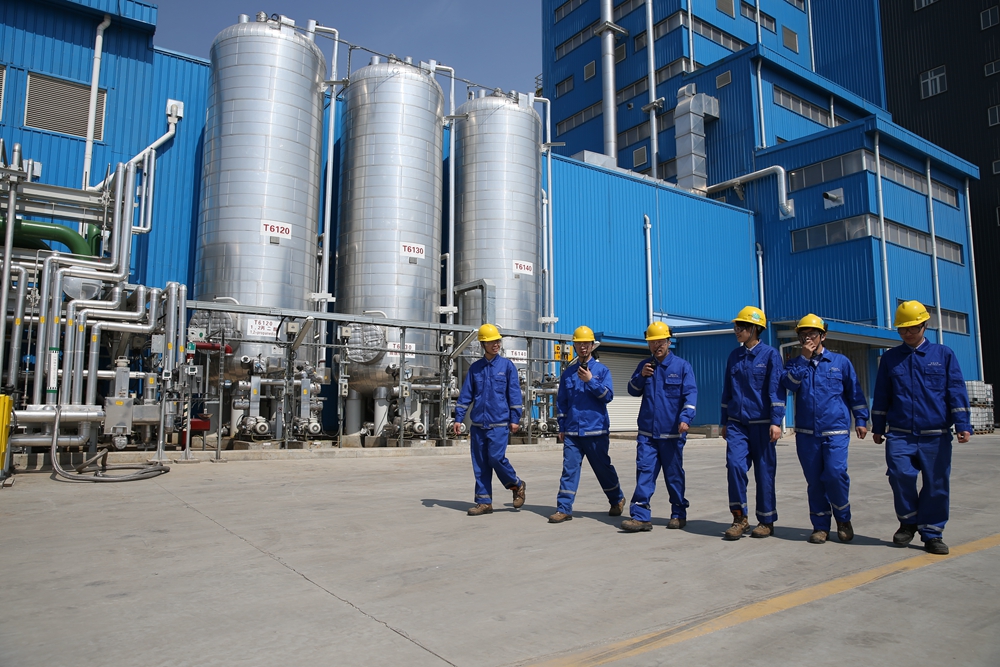
- New superabsorbent polymers, acrylic acid and butyl acrylate plants serve growing demand in China market.
- Integrated production enables resource efficiency and energy conservation.
Nanjing, China – April 9, 2014 – BASF and Sinopec today inaugurated two new plants for acrylic acid and superabsorbent polymers (SAP) at their state-of-the-art Verbund site, BASF-YPC Co., Ltd., a 50-50 joint venture in Nanjing, China. Additionally, a new butyl acrylate plant will begin production later this year.
The new plants will further strengthen the C3 (propylene) value chain and serve the growing downstream demand. With an annual capacity of 60,000 metric tons, the new SAP plant will serve growing demand in China for baby diapers, adult incontinence products and feminine care products.
"BASF is investing in Asia Pacific to produce 75% of our Asia Pacific sales locally, in order to ensure faster, more energy-efficient, more reliable supply. With the start-up of these projects, we continue to build on the success of our strong partnership with Sinopec, and reinforce our commitment to serving the hygiene industry in China and Asia as well as around the world,” said Albert Heuser, President, Greater China and Functions Asia Pacific, BASF.
"The start-up of these projects will continuously improve the company's ability to meet the demands of our customers. It will create new opportunities for sustainability and will make a positive contribution to clean production. It will also enhance industrial development," said Chang Zhenyong, Vice Chief Engineer, Director of Chemical Department, Sinopec Corporation.
BASF's “Verbund” system creates efficient value chains that extend from basic chemicals right through to high-value-added products. In addition, the by-products of one plant can be used as the starting materials of another. At the BASF-YPC Verbund site in Nanjing, SAP, butyl acrylate and acrylic acid production will be backward integrated into the manufacturing of C3. This ensures greater supply reliability, energy efficiency, and cost effectiveness, while minimizing energy use and environmental impact.
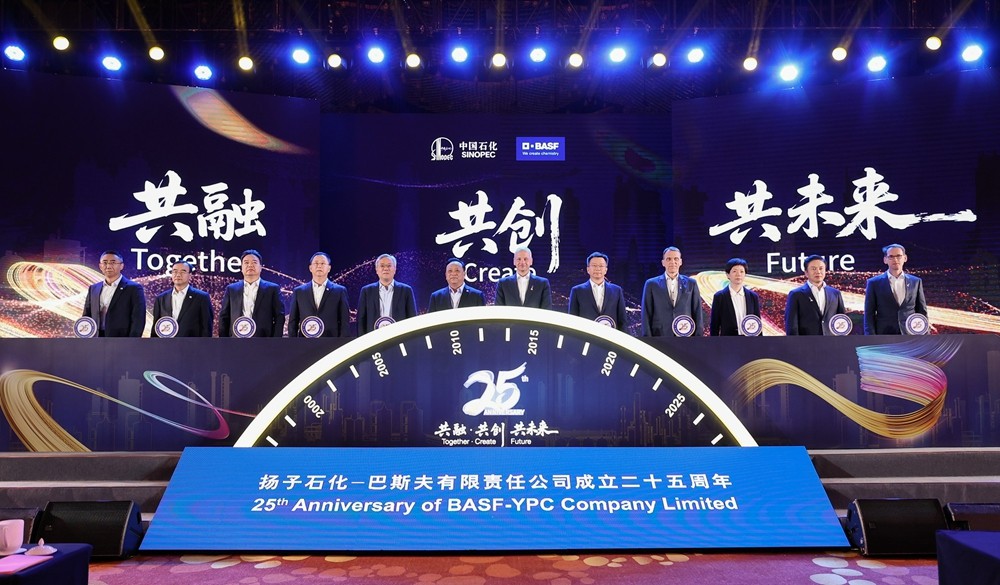
- Founded in 2000 as a joint venture between BASF and Sinopec- Annual output of approximately 3 million metric tons, caters to the evolving market
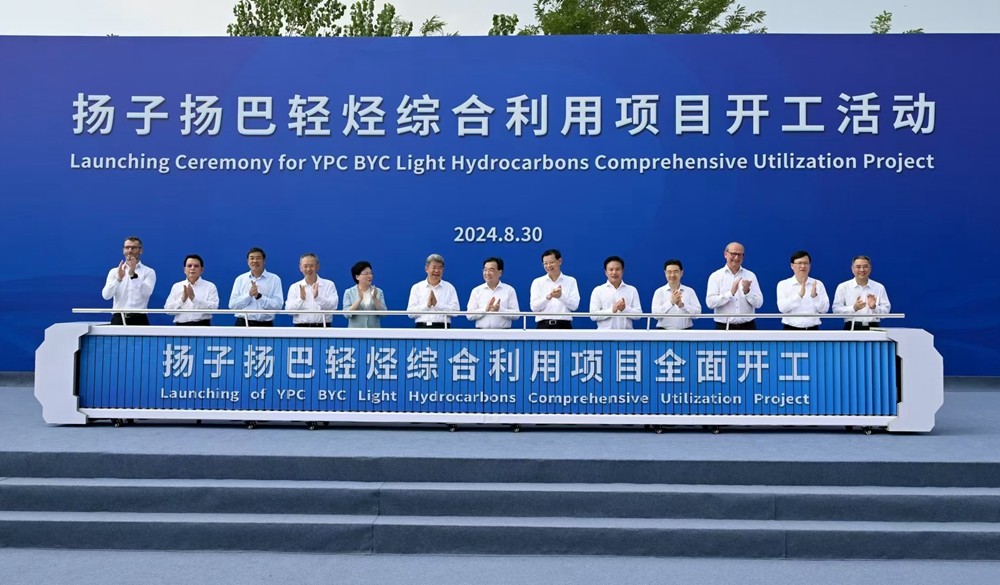
- Founded in 2000 as a joint venture between BASF and Sinopec- Annual output of approximately 3 million metric tons, caters to the evolving market
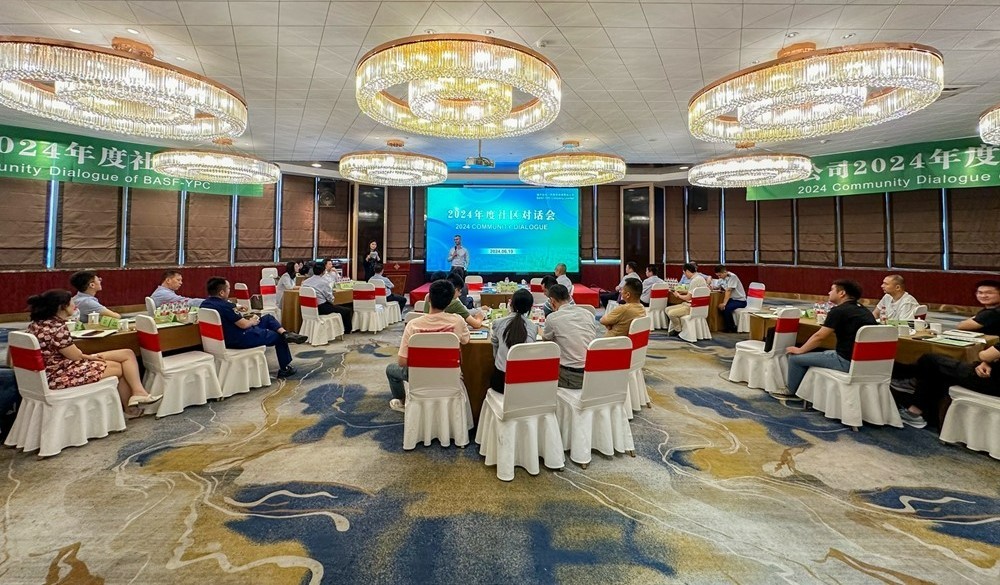
On the afternoon of June 19, BYC held a Community Dialogue to deepen communication and cooperation with the neighboring communities and local governme
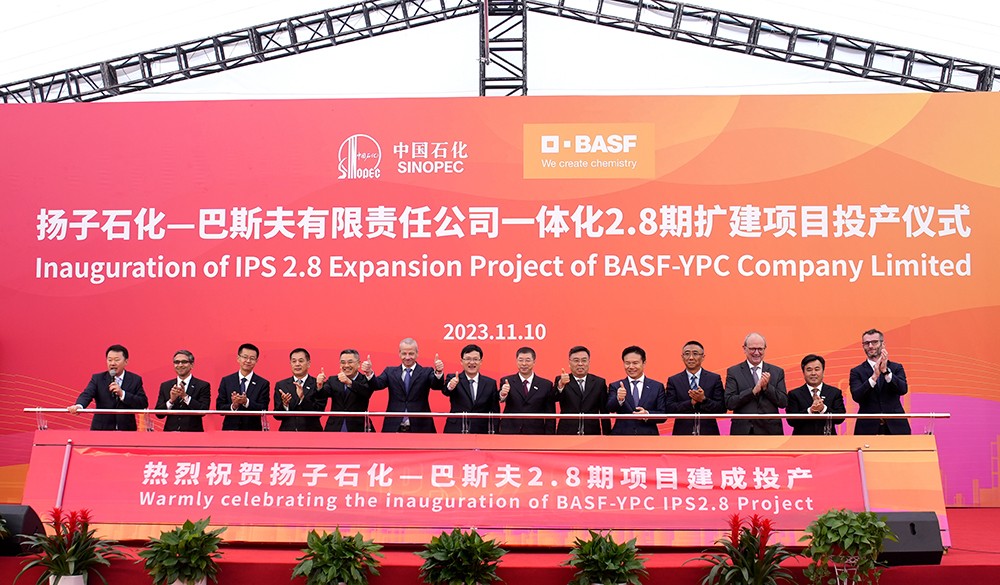
- Expansion to serve growing demand from various industries in the Chinese market- Newly built facilities to utilize renewable energy, aiming to signi